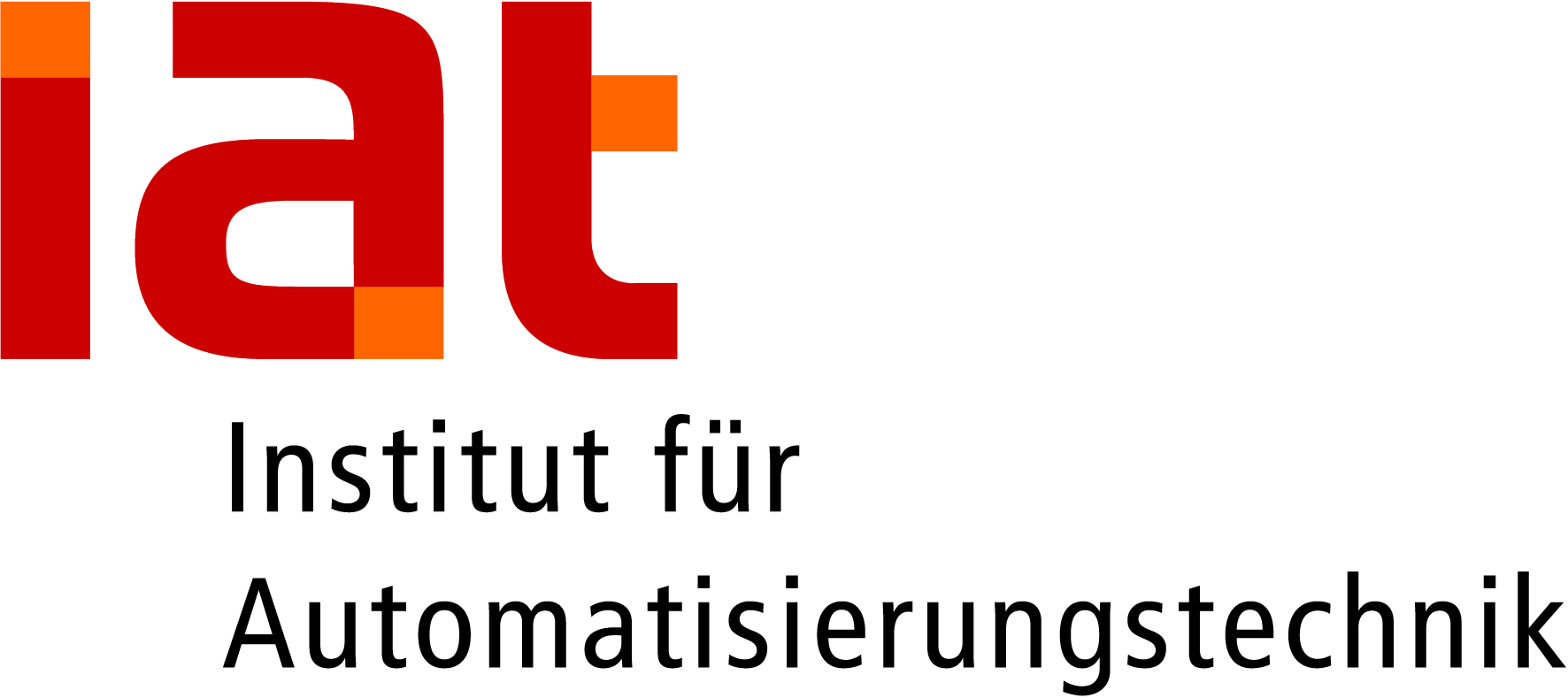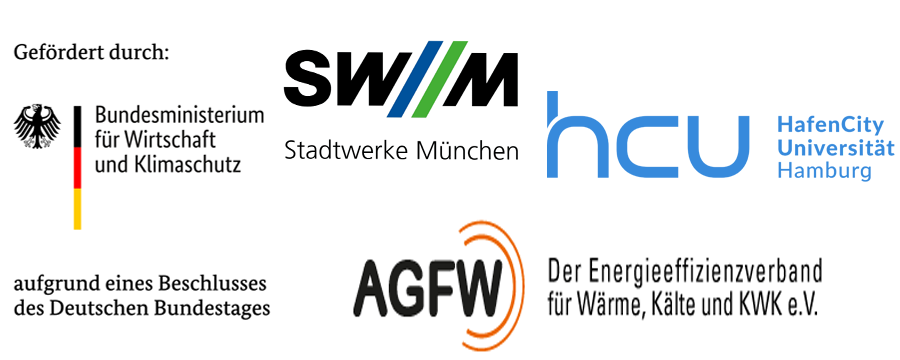Decentrally supplied heating and cooling networks
Energy efficiency-based control of decentrally supplied heating and cooling networks taking into account lifespan effects
Together with three partners, Stadtwerke München (SWM) has launched a research project on the efficiency of energy networks. The "En-eff_Netzregelung" project, which is funded by the German Federal Ministry for Economic Affairs and Climate Protection, aims to develop a basis for the optimal operation of district heating and cooling networks in terms of energy efficiency and service life. The future regenerative and more decentralized generation structure, lower flow temperatures and an increasing expansion of network sensor technology through smart metering will be taken into account.
The project initially involves researching and modeling energy losses. To check this, sensors will record the temperature and humidity in the ground at selected points in the SWM district heating network. In addition, aging effects of the infrastructure will be researched and modeled and verified using the collected data.
The results will be integrated into an existing grid simulation model. This grid model will then be used to develop a grid control method that takes all effects into account and controls the grid accordingly. In the medium term, the overall procedure developed in this way is to be implemented in the SWM grids.
The aim is to develop software that can control and regulate a district heating network fully automatically and optimally in terms of service life and energy use, while being able to cope with all conceivable operating situations. Initially, however, this software should not automatically implement regulations, but rather support the operating personnel with suggestions for optimal operation.
The results are of great interest to SWM, particularly with regard to ideal energy utilization in Munich's district heating and cooling network, which is increasingly fed by geothermal energy, in combination with new applications for digital technologies in the infrastructure. Put simply, even more efficient network operation could supply more households with the same amount of energy.
The partners on the research side are the Institute of Automation Technology (IAT) at the University of Bremen and the Technical Infrastructure Management department at HafenCity University (HCU) in Hamburg. The IAT is responsible for the further development of the existing network simulation model and for the development of optimal control algorithms. The HCU develops calculation algorithms for estimating the energy efficiency and service life of the pipelines. The central district heating association AGFW completes the consortium and ensures the migration of the research results of the "En-Eff_Netzregelung" project to the industry.
In particular, a model already developed at the IAT for the precise calculation of pressure ratios, mass flows and customer offtakes in district heating networks is being extended to include temperature curves on the basis of limited real measurement data. This extension is also being applied to cooling networks. On this basis, the aim is to develop an optimized network control system that both minimizes heat losses and increases the service life of the pipes.
The efficient distribution of heat remains a key objective in order to best meet the specific pressure and temperature requirements of customers. In this context, two approaches are being pursued to control Stadtwerke München's district heating networks: model predictive control (MPC) on the one hand and a method based on artificial intelligence using reinforcement learning (RL) on the other.
Model predictive control requires a precise and fast model as well as real-time optimization based on gradients. In contrast, reinforcement learning uses an artificial neural network that is trained in advance using the model in specific operating scenarios. This requires the generation of a considerable amount of data based on the model. To tackle these challenges, methods of system identification and machine learning are used in addition to physical thermo-hydraulic models.


